SKATEBOARDS
Traditionally, the skateboard has belonged to punks on the fringe and was relegated to a few skate parks and unwelcome in many public spaces. While surveys of North American teens rank skateboarding the third most popular sport, it does not even make the list in Japan. Even as the number of skate parks decrease in Japan, the popularity of skateboards is on the upswing; not for bad boys in X-Large t-shirts and baggy cargo khakis “grinding the rail,” but for students, office workers and salarymen getting from point A to point B. A few years ago, it was noteworthy just to see a skateboard on the street, while recently the sight of a blue-suited boarder on his morning commute has become almost common. From Harajuku to Hamamatsu-cho and Shibuya to Shinjuku, the skateboard is making more and more appearances as a way to get around in style.
A combination of factors seem to be at work here; people wanting to avoid the morning crush of the trains, combined with a desire to be more healthy and finally, a small way to achieve something that has customarily been very difficult to do in Japan; a chance to be different.
Boarders still do not enjoy total respect and tolerance with some opponents to boarders feeling that they are dangerous and noisy while supporters cite portability, convenience and exercise as key reasons they are opting to ride under their own power. There are also legal aspects to consider; skateboarding, except in designated areas, is illegal, but it is a law that typically goes un-enforced. Many parks have bans on boarding, but unless the skaters are overly boisterous, noisy or disturbing the general citizenry, the police are generally fairly tolerant. On the street, if you are riding carefully off to the side and are obeying basic traffic laws (watch those red lights!), you will likely be left to cruise to work in peace.
If you are thinking of giving it a shot, there are many shops in Japan and online; but Tokyo, Shibuya and Kanda are the hotbeds and have many options. For reference, skateboards that are used for stunts and tricks are typically short (less than 33-inches) while the boards gaining in popularity in Japan are long boards (longer than 34-inches) which are made specifically for cruising. Boards vary widely in price, but expect to pay anywhere from ¥¥10,000 to upwards of ¥¥30,000 for a ready-to-skate board. For information on shops and skate parks in Japan, check out www.j-skateboard.com.
FIXED GEAR BIKES
With more speed and ease of riding than skateboards, bicycles offer more options to the urban commuter, with fixed gear bikes or “fixies” gaining popularity here. A fixie is a bicycle with no freewheel and no brakes (although some do have front brakes). No freewheel means that the rear hub and the pedals are directly attached, which in turn means, no coasting. When the back wheel is turning, the pedals are also turning making stopping a tricky maneuver; the bike can either be slowed by pedaling backwards or by lifting the back wheel slightly and stopping pedaling before returning the wheel to the ground resulting in a skidding stop. Some shops in Tokyo have even begun to offer classes and clinics on how to ride, stop and do simple tricks on your fixie.
Fixies have been around for over a hundred years, they had mainly been used by track racers in velodromes and since the 1960’s by hardcore bicycle messengers in large cities, who favor them due to their low cost and low maintenance, citing the maxim that “less parts mean less things to repair”.
In the past few years, fixies have been gaining popularity in Japan not with racers or with messengers, but with average salarymen and women who are buying them simply for getting around town. Part of the allure is the coolness factor, with Hollywood actors such as Jason Lee and designers such as Paul Smith getting on their bikes both figuratively and literally, a fixie has become as much of a fashion statement as it is a means of transportation.
Wander around Shibuya, Shinjuku or Omotesando and you will not have to wait long until you see one decorating a store entrance (a clothing store in Shinjuku has four bracketing the entrance) or a trendy twenty-something flying around on one of these lightweight machines that are beginning to take the place of the ubiquitous mountain bike in the city. Fixies are also gaining favor with the younger, skateboard, surfboard bmx set as they are not only relatively cheap, functional, but are very easy to do tricks on.
Although the trend amongst the general public is fairly new, Japan is a mecca for fixie lovers from around the world as it one of only a few countries where makers still turn out hand-crafted frames in long-lasting steel rather than carbon or composite materials. Decked out fixie frames from one of Japan’s top craftsmen will take months to prepare and cost in the neighborhood of¥¥200,000. For those on a budget, however, well turned out commercial models can be had for between ¥30,000 and ¥60,000.
Riding a fixie may not be for everyone, but aficionados swear that the experience is a transcendental and is the quintessential cycling experience and the basis of what cycling is all about so maybe it is worth a try.
Story by James Souilliere
From J SELECT Magazine, August 2008

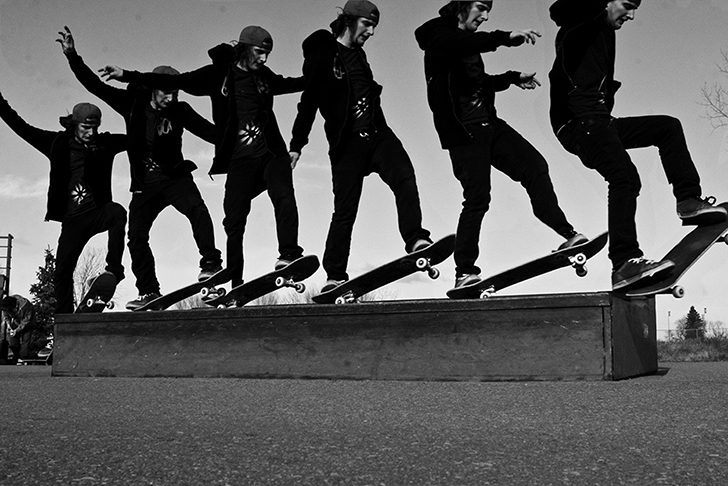


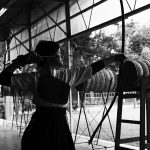
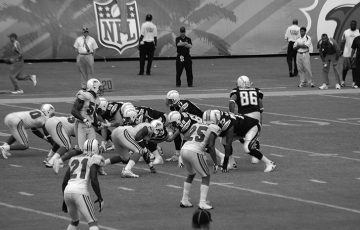
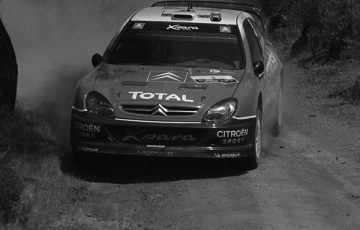


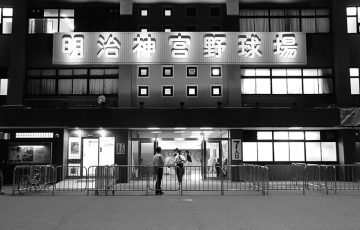
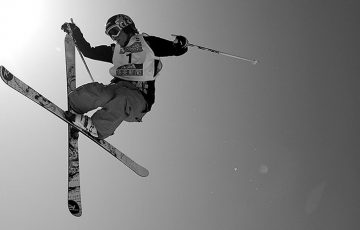
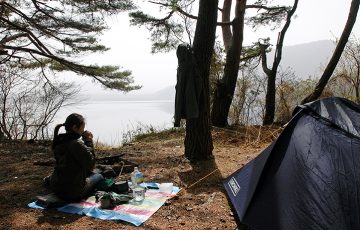
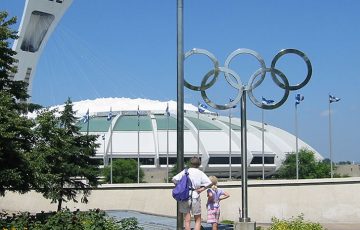


Recent Comments